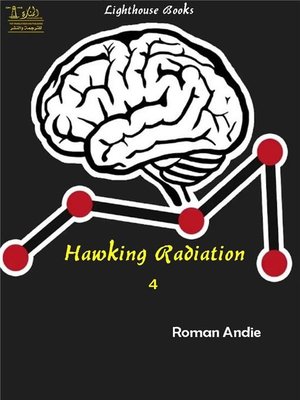
Sign up to save your library
With an OverDrive account, you can save your favorite libraries for at-a-glance information about availability. Find out more about OverDrive accounts.
Find this title in Libby, the library reading app by OverDrive.



Search for a digital library with this title
Title found at these libraries:
| Library Name | Distance |
|---|---|
| Loading... |
Inclusions of HFFs and quantum groups characterised by quantum phases q= exp(i2pi/n) are very interesting and quantum Pascal triangle is characterised by such a phase and gives quantum variant of binomial coefficient as a result. One can imagine quantum variants for integers characterising all kinds of combinatorial objects: Do quantum variants of objects make sense in some sense? Probably some mathematicians has pondered also this question.
Only few days ago I realised that in order to have "quantum quantum theory" as a tool to describe finite measurement resolution, it is better to have quantum variants of fermionic quantum anti-commutation relations for the induced spinors. They have been formulated as I learned in five minutes from web.
These anticommutation relations however demand 2-D space/space-time! But just the well-definedness of em charge almost-forces 2-D string world sheets! And number theoretic arguments removes the "almost". In 4-D Minkowski space-time you do not get them!
In over-optimistic mood - officially allowed at morning hours - I can therefore conclude that the observation of anyons in condensed matter systems (assigned with 2-D boundaries) serves as a direct evidence for the localisation of induced spinors at 2-D surfaces and for large h_eff. I must however assume that also partonic 2-surfaces carry them- whether it is so has been an open question for a long time.







